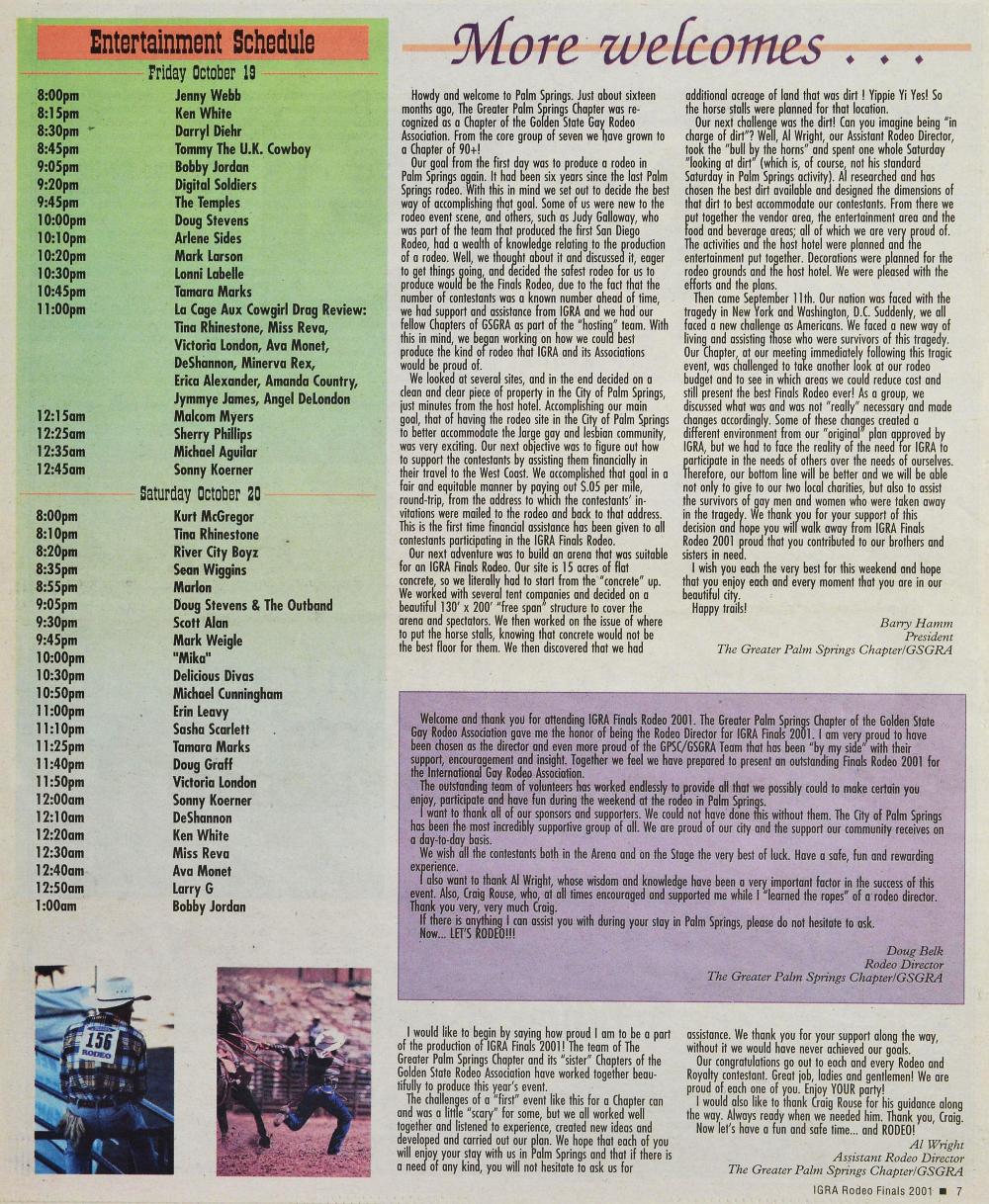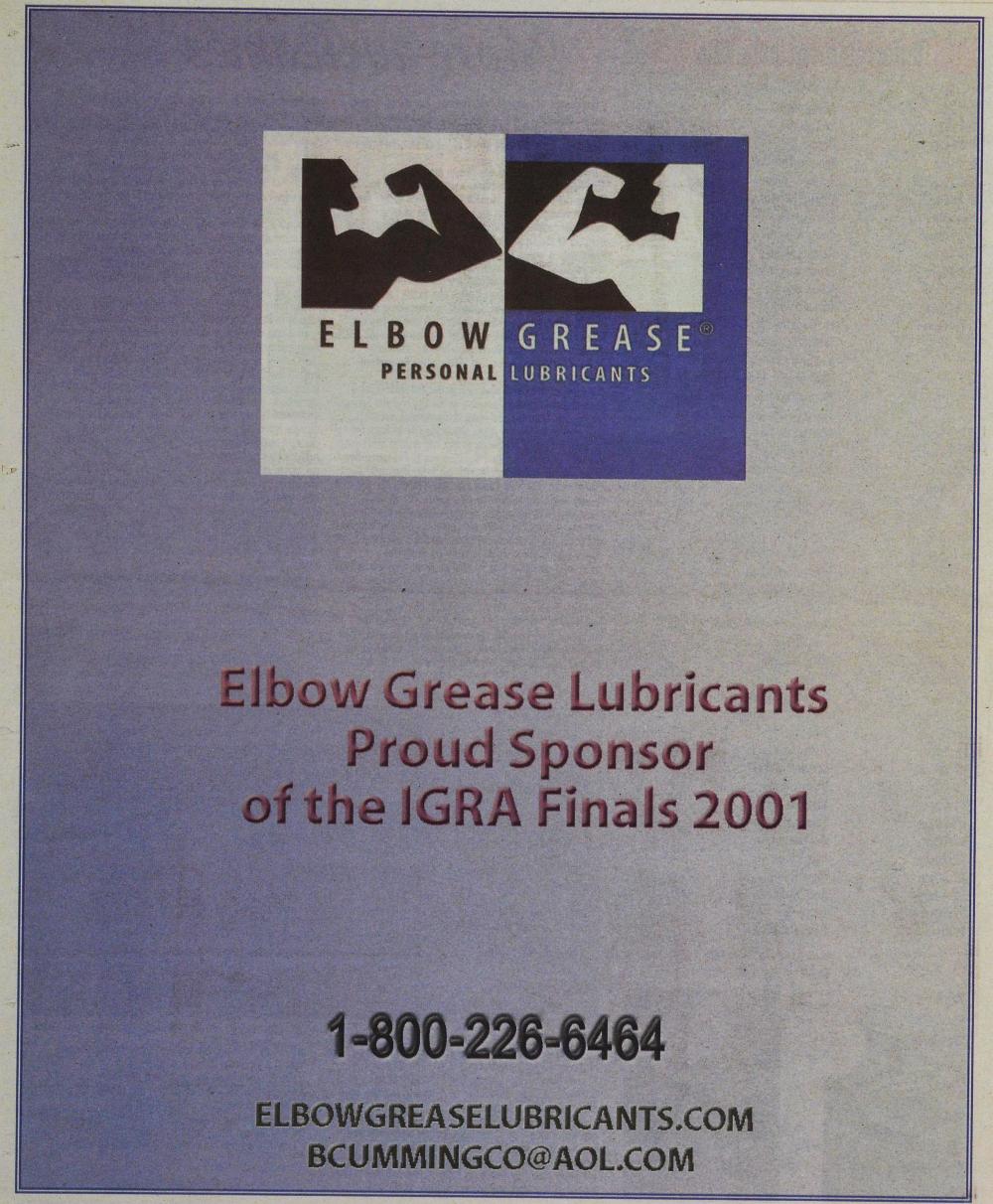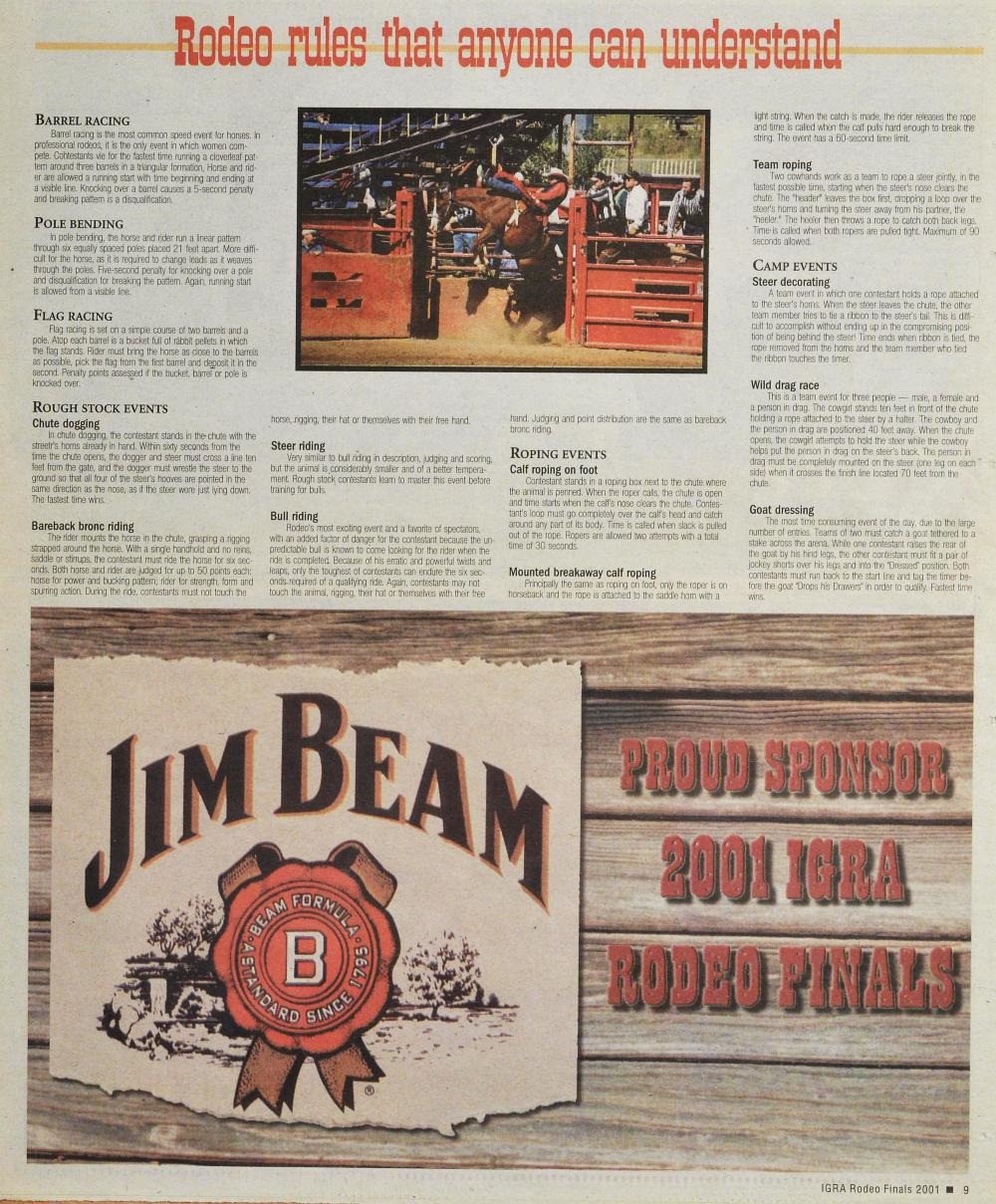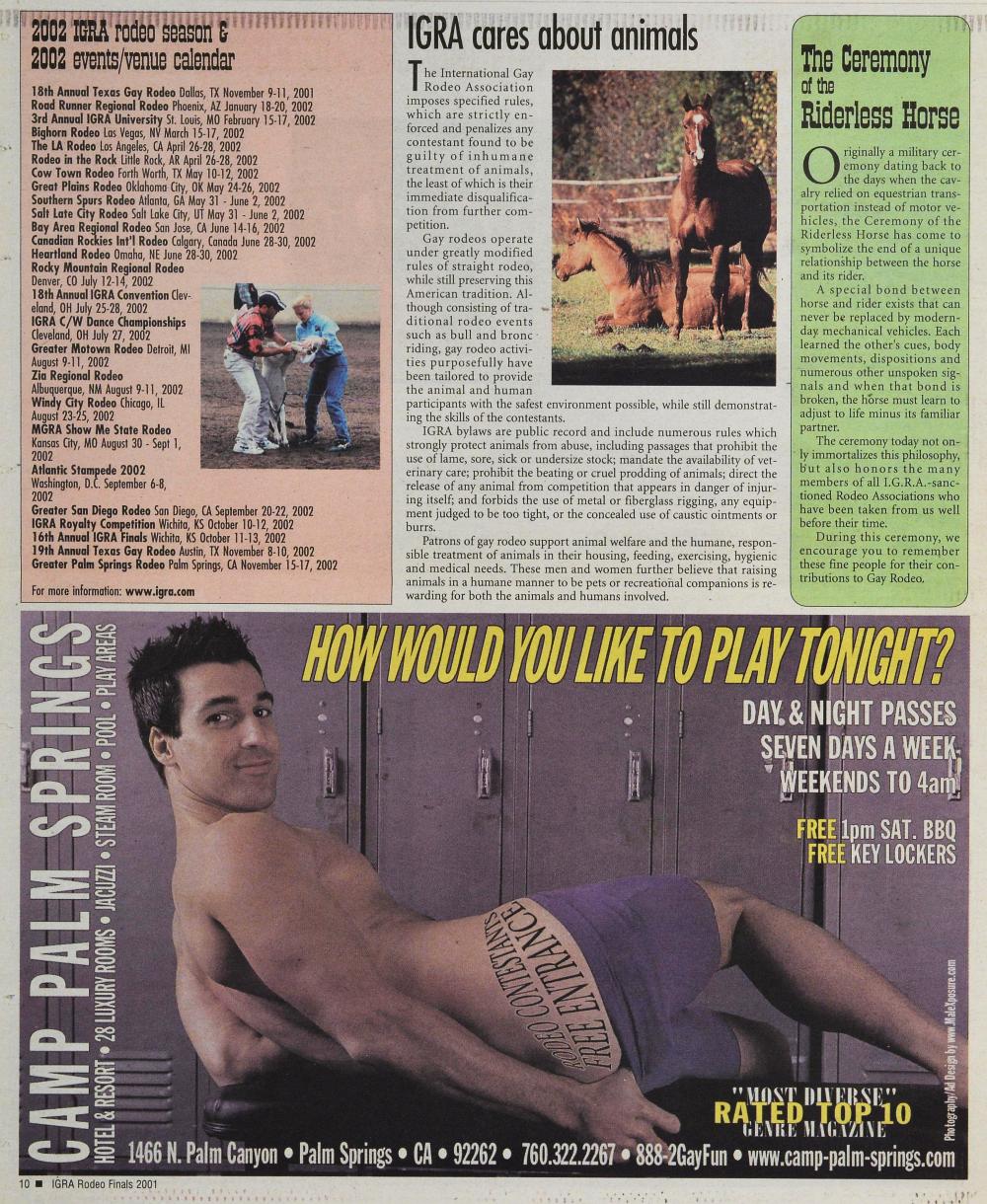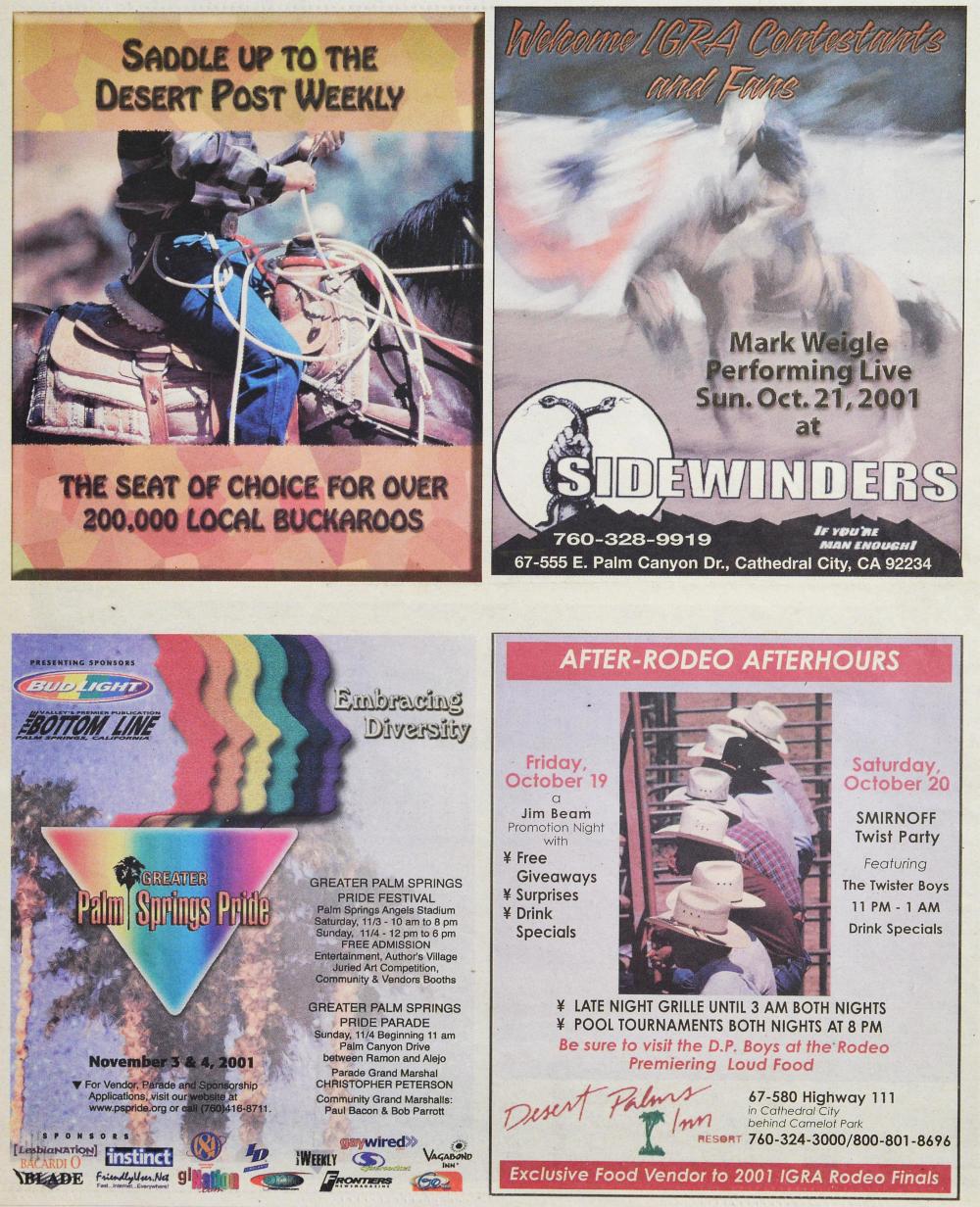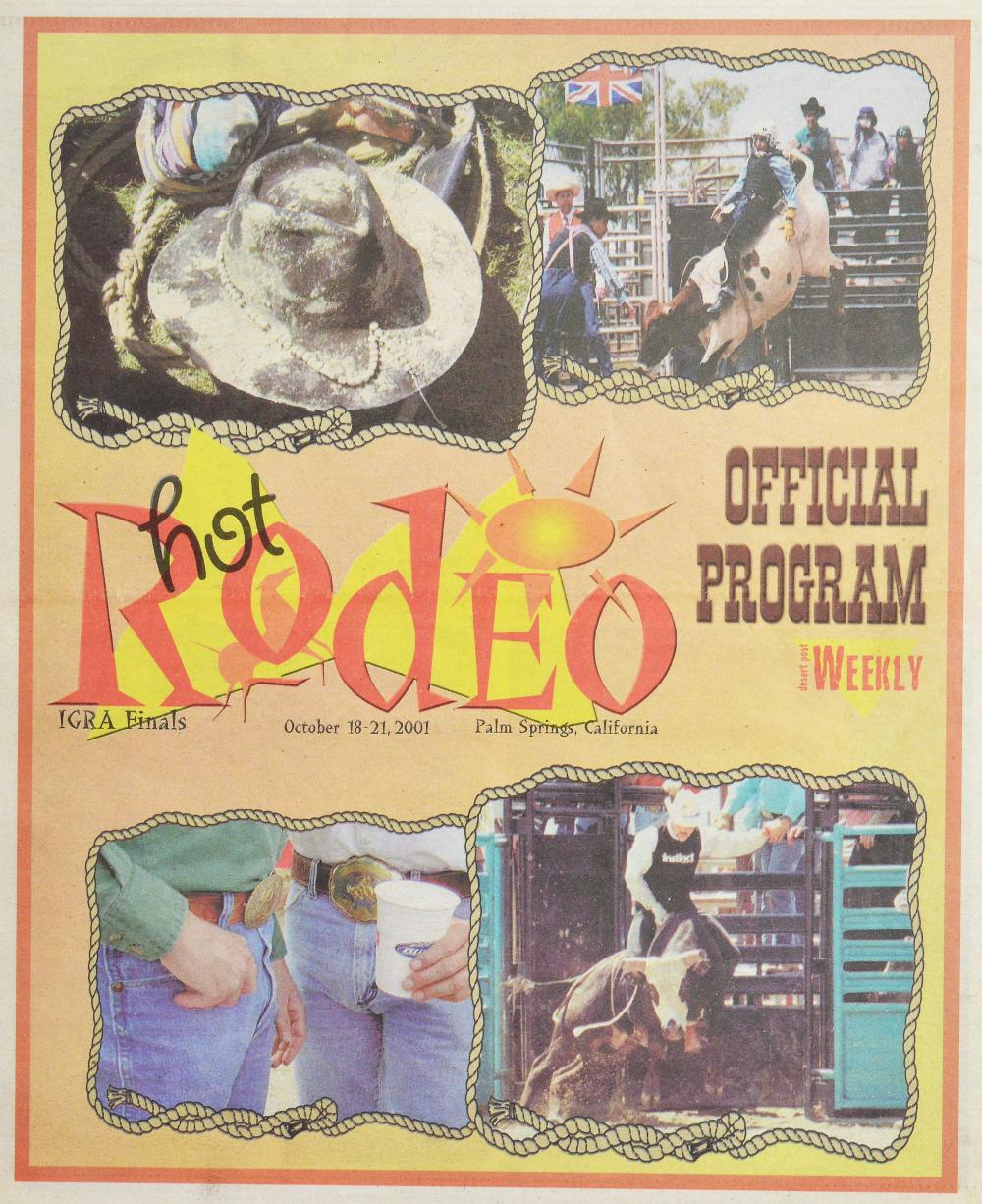
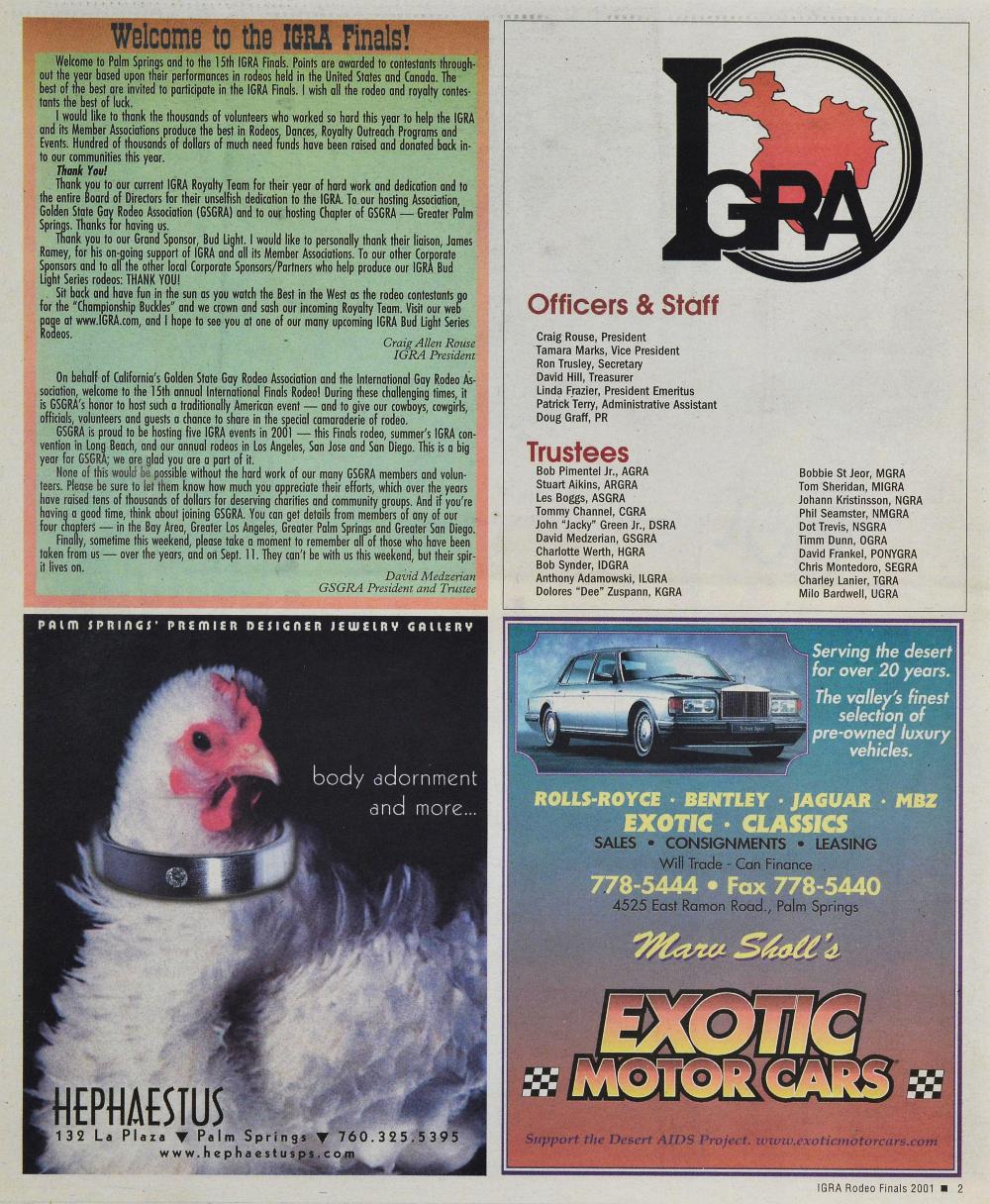
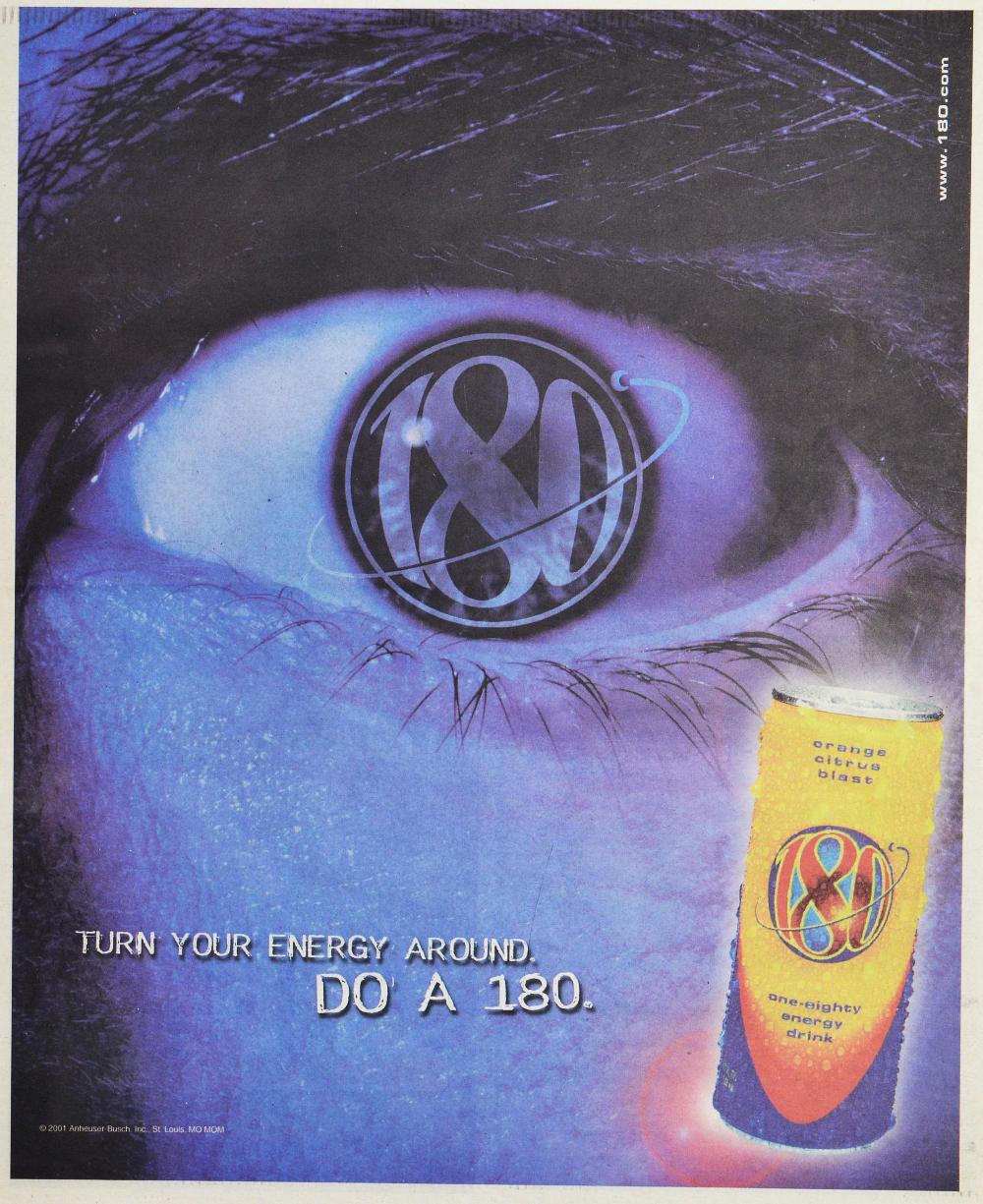
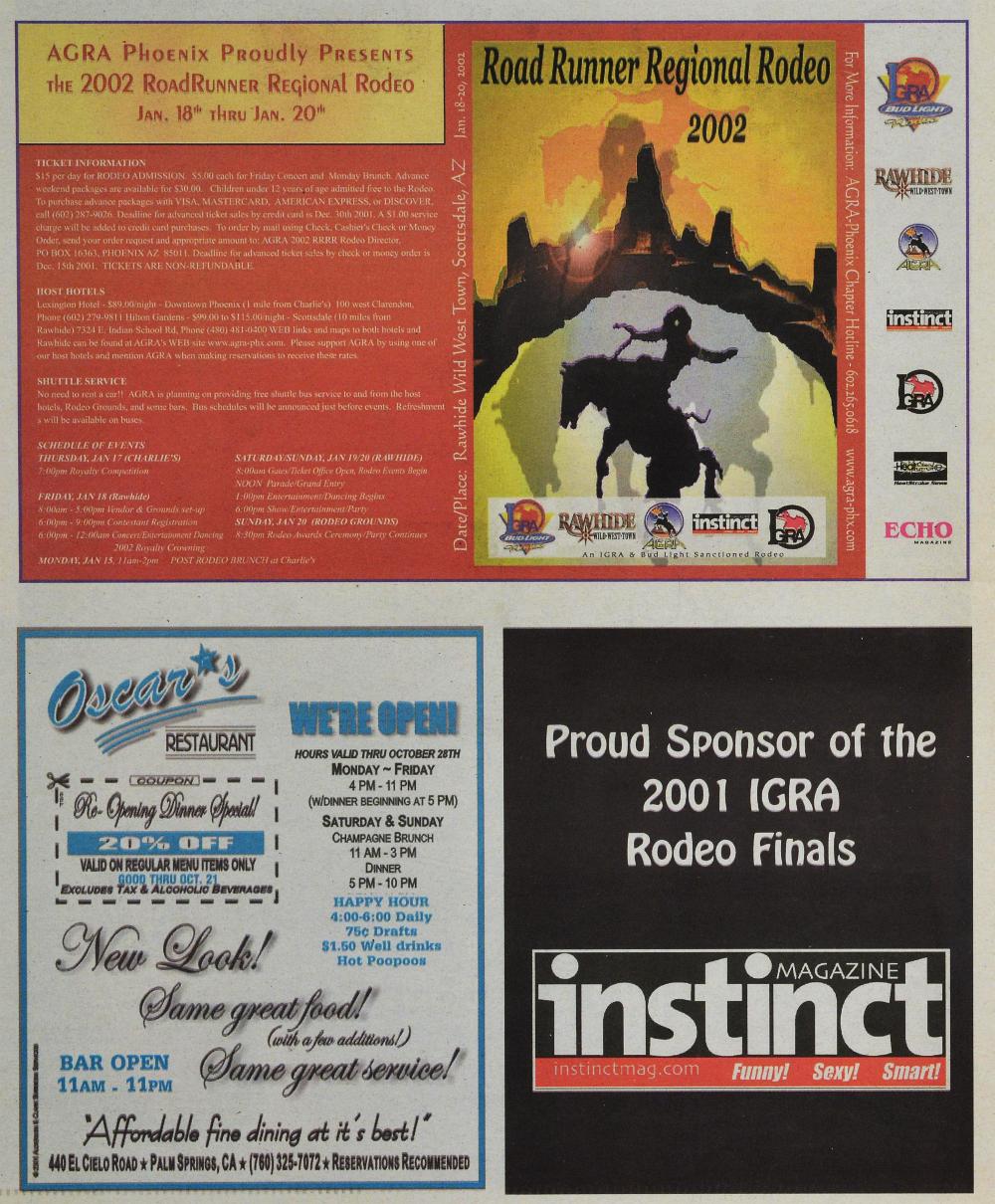

Cowboy Up
The majority of Americans most likely developed their concept of the American cowboy from the images in the Hollywood Westerns. The cowboy's essential look courtesy the costume department included a union suit, denim pants (sometimes with chaps), vest, and complimented with a gun belt, 10-gallon hat and kerchief. You could always tell the hero or villain by the color of his hat. Classic Westerns such as "Stagecoach," "How the West was won," and "Gunfight at the OK Corral," starred the big screen heroes John Wayne or anti-hero Clint Eastwood, were Technicolor tributes to the culture of the West and its spirit. Joining that array of manufactured personalities were the television shows of the '50s and '60s, such as "Bonanza," "The Big Valley," and "Gunsmoke," which made the American cowboy an indelible part of the country's psyche.
In truth, this icon has changed in lore and legend as often as the American West itself. The cowboy's story is tied to, and intertwined with, the country's Western expansionism. As the rules changed, as the land itself was marked by title and name, so went the cowboy. The cowboy became a confirmed part of the West's recognized culture. The practices that were part of the cattle industry led to the development of wrangling. Since most of a cowboy's activities were engaged on the open range, far from the civilized public, cattle culture and the people in it began to develop ways to exhibit the cowboy's skills in more public forums. And they called it rodeo.
ORIGINS
According to the Encyclopedia Britannica, "Rodeo developed as an American sport confined mainly to Mexico, the United States and Canada." The term rodeo comes from the Spanish "rodear" (to surround) and originally meant "round-up." Rodeos had their origin in the U.S. when cowboys would gather in cow towns such as Abilene, Kan. or North Fork, Neb., at the end of driving and would compete for the unofficial title of best bucking-horse rider, roper and so on. As ranchers started shipping cattle on trains rather than long trail drives, the contests became formal programs of entertainn1ent. Many Western towns and areas claim distinction of being the first place to hold a rodeo in the U.S., among them Cheyenne, Wyo., in 1872 and Winfield, Kan., in 1882, but such early contests were only riding and roping exhibitions, not the organized shows of a modern rodeo. Denver, Colo., first held in October 1887, is traditionally accepted as the birthplace of paid spectator rodeo. The Pendleton (Ore.) Round-Up started in 1910 and the Calgary Stampede. in 1912, and has been an annual event since 1919. But the granddaddy of them all is Cheyenne Frontier Days, which has been presented yearly since 1897.
Saddle bronc riding, bareback bronc riding (a bronc is a horse that bucks, or when mounted, tries to throw off a rider), bull riding, steer wrestling and calf roping are the five top rodeo events. Barrel racing (for girls) can also be included, as well as team roping and steer roping.
Today rodeo is big business. Most major rodeos are under the jurisdiction of the Professional Rodeo Cowboys Association, of Colorado Springs, Colo. A rodeo, if you haven't had the pleasure, usually includes five standard events and may also include up to three non-standard events, as well as a number of informal contests. Contestants compete to win a cash prize, with about 2,000 rodeos held each year.
GAY RODEO
A part of that rodeo culture, call it a niche or specialized rodeo circuit, is the phenomenon of gay and lesbian rodeo.
Where it started and how it has grown can be traced to early Western cattle ranches. What most Americans know about the cowboy culture and horses doesn't correlate to the real American West and its unique status as an unlimited frontier and sanctuary. A number of books have speculated, among them "Same Sex Dynan1ics Among 19th Century Americans A Mormon Experience, and "The Southern Queer History, that the West was a drawing card for Eastern homosexuals who saw the open territory as an opportunity to escape the repressive Victorian culture of the American East.
Many cowboys who headed west to explore the land's unknown environment, did so in the company of their partners.
It should come as no surprise that the culture of the cowboy is, therefore, a natural outgrowth of the frontier spirit which led 19th century homosexuals to seek solace among the men who headed west and were most at home in the company of other men, far from the chastising world of early American church and state.
Like much of the gay culture, gay rodeo is another alternative for hon1osexual men and women to become involved for its social benefits. Since the Mattachine Society, the Stonewall Riots of 1967, and the growth of gay ghettos such as Greenwich Village in New York and the Castro District in San Francisco, gays and lesbians have sought to create avenues to interact with one another on social, political and sexual levels. Add to that roster of organizations the gay and lesbian rodeo circuit.
The official story, courtesy of the International Gay Rodeo Association website (www.IGRA.com) is that "gay rodeo had its beginnings in 1976 at the National Reno Gay Rodeo in Reno, Nev. Over the next eight years local rodeo associations were formed in Colorado, Texas, California and Arizona. In 1985, the four Gay Rodeo Associations, along with Oklahon1a, founded the IGRA."
IGRA sanctioned rodeos, through 20 individual chapters, are hosted by local associations each year across the U.S. and Canada, leading up to the annual finals, in which the top 20 contestants in each event compete for the International Champion title.
GAY RODEO SCHOOL
The gay rodeo circuit may be compared to other gay and lesbian social circuits, at least in general terms. Openness, being out, being proud and interested in belonging to a social organization that has intrinsic merit and allows its participants to grow and feel good about oneself are all strong reasons for the growth of gay rodeos.
Kim Dawson has been involved with gay rodeo since 1991 the first year she started working the chutes. "'I started," recalled Dawson, "by volunteering. I didn't know anything about rodeo, but a friend brought me in to help with a benefit and I've been here since."
Dawson has twice earned the title of national arena director chair for the IGRA. She's been around long enough to talk about the history of the gay rodeo circuit and the question of where gay cowboys come from.
"At the beginning" said Dawson, "the circuit had a real hard time getting livestock. People just didn't want to give us stock. But thanks to a man by the name of Clarence Bates, we were able to get a stock contractor. Now most of the stock still comes fron1 Texas and from a few others like our friend Bubba in Tucson."
In essence, as Dawson explained it, "the gay rodeo circuit has learned to perpetuate itself by providing an educational component, an each-one, tesch-one atmosphere that expands the number of people who then become part of the contestant circuit. Most are in their 20s to 30s, and many, according to Doug Belk, the vice president/rodeo director for the Greater Palm Springs Chapter of the Golden State Gay Rodeo Association, come to the circuit, because, "they have some country roots." "Most are professionals," continued Belk. "They're doctors, lawyers. They come first as a spectator, then you see them at the next event as a volunteer and sometime after that they're in one of the events competing."
Belk is part of a group of Coachella Valley residents who have reinvigorated the chapter of the local GSGRA. The Palm Springs chapter made the decision to put together a bid package to bring the 2001 IGRA Finals to the greater Palm Springs area, which culminates this weekend. "We started back in May of 2000" said Belk, "and we were picked."
In addition to planning for the rodeo itself, the local Palm Springs chapter also had to plan a number of "enrichment activities" which are part of the gay rodeo culture, such as educational seminars, rodeo event practice, social gatherings and fundraising activities.
At their foundation, all IGRA sanctioned organizations have a standard practice of donating the net proceeds of the rodeos and other fundraisers to charities, specifically those that are AIDS related, cancer or children's causes.
IMAGE AND SUBSTANCE
Checking out the Internet on gay rodeo confirms its growth and success as a gay and lesbian activity. Within that context, as the rodeo circuit grows, so does its reputation and image.
In a press release sent out by Bud Light a few years ago when the beverage giant first showed interest in sponsoring the gay rodeo circuit, Andy Goeler, a Bud Light marketing director at the time, noted that the sponsorship "represents a merging of the important demographics." William Buford, of Prime Access in New York City, agrees with Goeler. "I think it's certainly gotten attention," said Buford. "It's outdoors, it's sporty, it's part of the personality of beer drinkers... It'll grow in importance as the attendance grows."
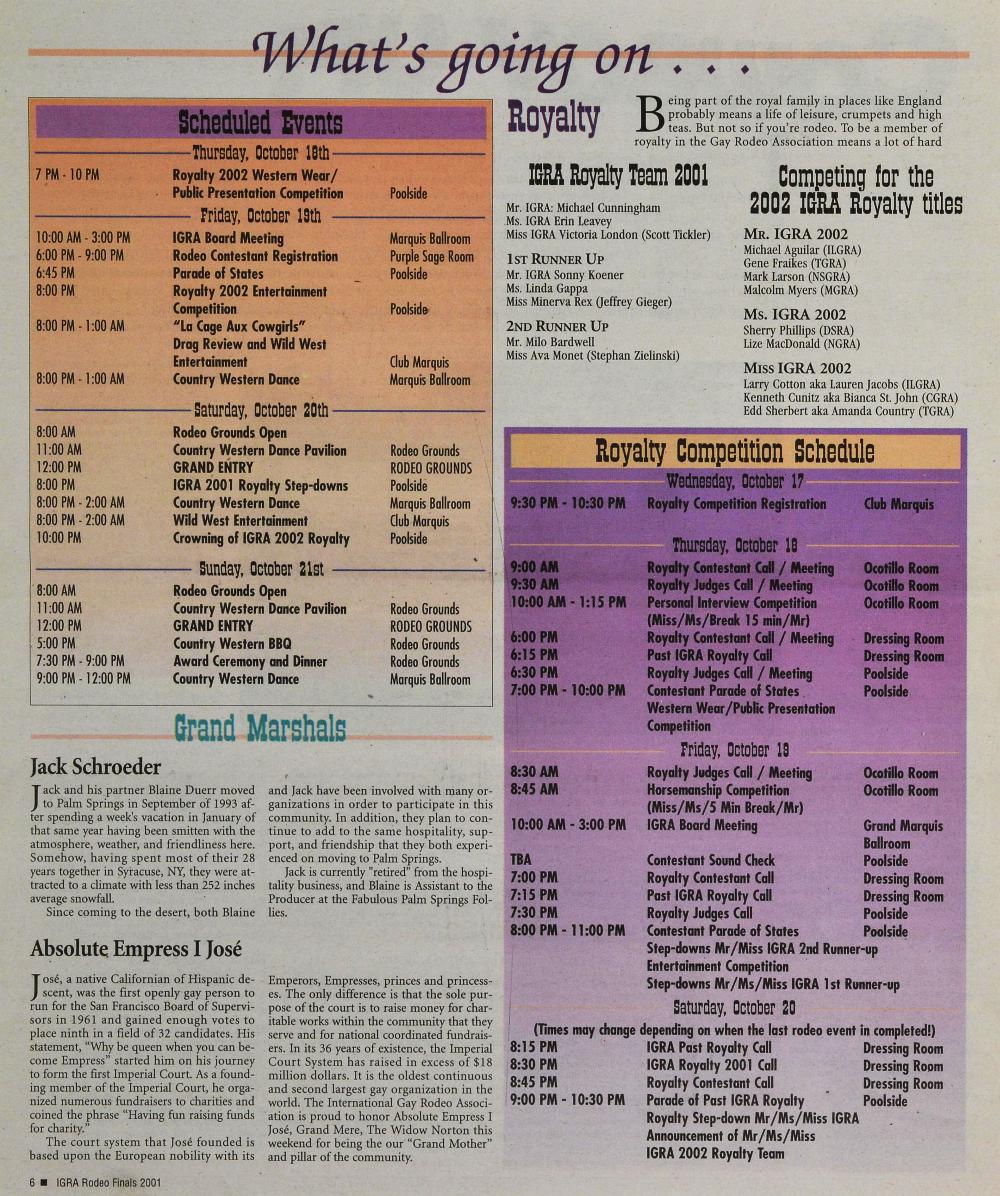
Grand Marshals
Jack Schroeder,
Jack and his partner Blaine Duerr moved to Palm Springs in September of 1993 after spending a week's vacation in January of that same year having been smitten with the atmosphere, weather, and friendliness here. Somehow, having spent most of their 28 years together in Syracuse, NY they were attracted to a climate with less than 252 inches average snowfall. Since con1ing to the desert, both Blaine, and Jack have been involved with many organizations in order to participate in this community. In addition, they plan to continue to add to the same hospitality, support, and friendship that they both experienced on moving to Palm Springs. Jack is currently "retired" from the hospitality business, and Blaine is Assistant to the Producer at the Fabulous Palm Springs Follies.
Absolute Empress I José
José, a native Californian of Hispanic descent, was the first openly gay person to run for the San Francisco Board of Supervisors in 1961 and gained enough votes to place ninth in a field of 32 candidates. His statement, "Why be queen when you can become Empress" started him on his journey to form the first Imperial Court. As a founding member of the Imperial Court, he organized numerous fundraisers to charities and coined the phrase "Having fun raising funds for charity." The court system that Jose founded is based upon the European nobility with its Emperors, Empresses, princes and princesses. The only difference is that the sole purpose of the court is to raise money for charitable works within the community that they serve and for national coordinated fundraisers. In its 36 years of existence, the Imperial Court System has raised in excess of $18 million dollars. It is the oldest continuous and second largest gay organization in the world. The International Gay Rodeo Association is proud to honor Absolute Empress I José, Grand Mere, The Widow Norton this weekend for being the our "Grand Mother", and pillar of the community.
